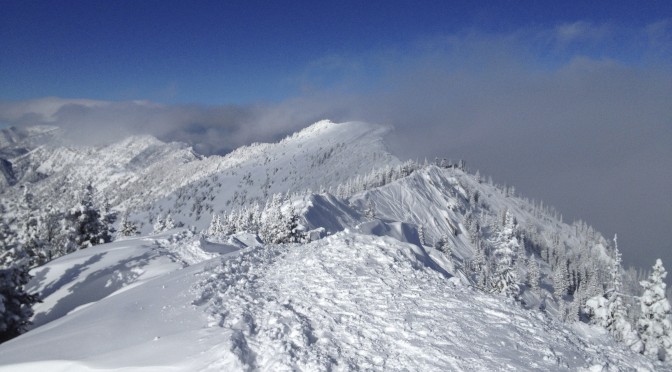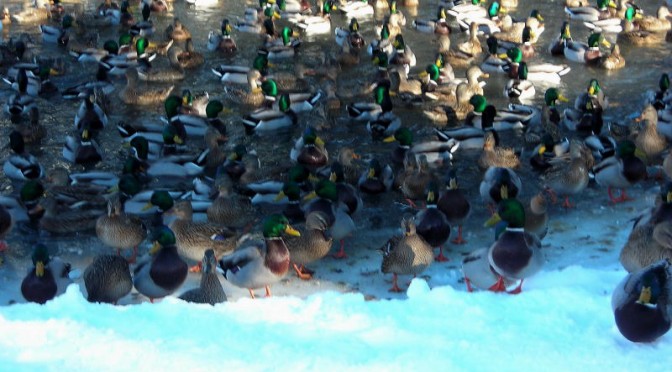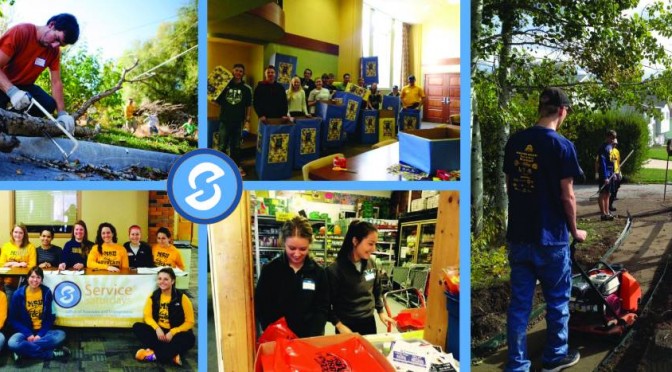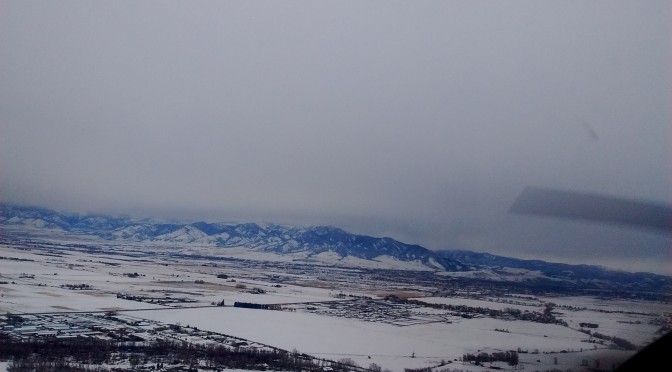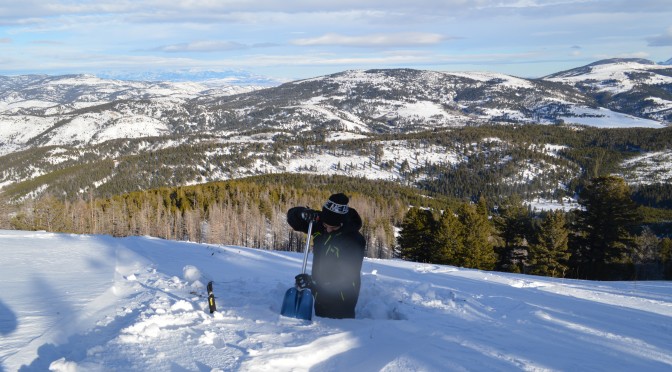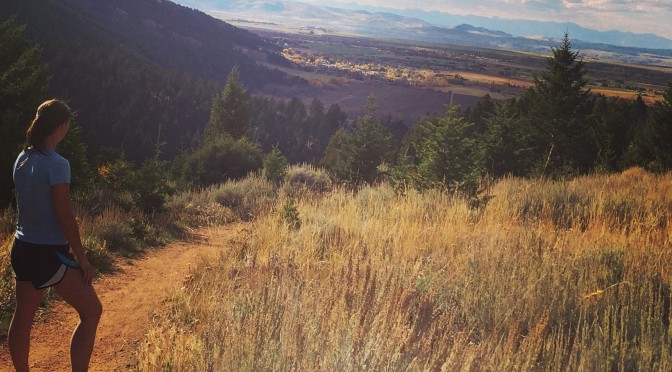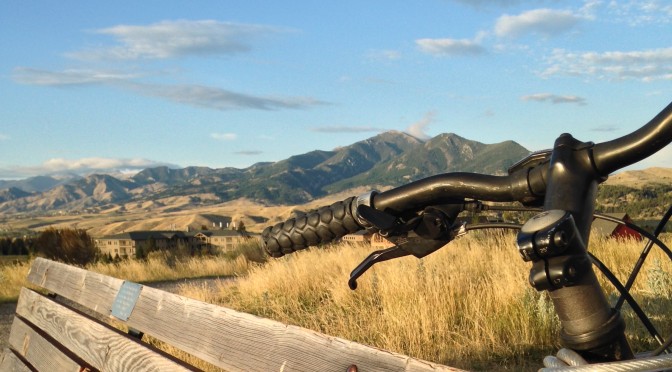MSU supporting veterans’ spouses through scholarship.
by Lilly Brogger
Our nation’s veterans put their lives on the line for our freedom. The spouses of these veterans also make an incredible sacrifice, setting aside personal goals to focus on family while their loved ones are in the service. Education is often one of these goals, but frequent relocations complicate pursuing a college degree. Montana State created the Veteran Families Freedom Scholarship to help these spouses overcome the challenges that come with gaining a college education.
Sean Gifford, an MSU student veteran, came up with the idea, along with his wife, fellow MSU student Kira Gifford. The Giffords explained the idea to Jim Kraus, a retired special-forces colonel and Bozeman local, who then introduced Gifford to Carol Smith, then a member of the MSU Alumni Foundation’s Donor Relations Advisory Board. Smith was intrigued and Sean and Kira presented the idea at the next advisory board meeting. In 2013, the scholarship fund was established, thanks in large part to Smith’s initial donations. Since 2013, the Alumni Foundation has received many additional contributions for the initiative through major gift commitments, planned gifts, endowments, and current-use annual gifts. To date, they’ve raised $608,000.
Carol Smith began her involvement with veterans while volunteering with Warriors and Quiet Waters, and helping student veterans allowed her to further extend her gratitude. “Establishing the Veteran Families Freedom Scholarship is my humble thank-you and infinite gratitude to our military armed forces,” she explains, “who defend our freedom and great country and their spouses who wholeheartedly deserve our thanks.”
For both in-state and out-of-state students, scholarships such as this can be incredibly helpful. Gianna Vanata is the director of development at the MSU Alumni Foundation and helps organize scholarships for veterans. “We have many veterans and families at MSU that have made incredible sacrifices for our country and deserve this support,” says Vanata. “When donors provide scholarships to a veteran or spouse, they are not only helping lessen the financial stresses of pursuing education, they are honoring the service of these families.”
Jessica Sullivan received the scholarship in the fall of 2014. Her husband Patrick did two tours in Iraq and one in Afghanistan. As he was re-stationed, first in Alaska and then in Louisiana, Sullivan transferred schools. Her husband eventually decided to end his time with the army to refocus on education. The couple chose to attend MSU, where Jessica had previously been accepted.

Patrick and Jessica Sullivan. Both chose to attend MSU, and Jessica received a scholarship through the Veteran Families Freedom Scholarship fund. Photo by MSU / Kelly Gorham.
The GI Bill covered tuition and fees for Patrick. She, however, didn’t get financial assistance, and chose to go to school part-time and gain Montana residency. Jessica finally gained residency and received the Veteran Families Freedom Scholarship, which allowed her to student-teach. “It put that semester at ease,” Sullivan explains. “It made it a lot easier to not have to worry about working full-time.”
Both Sullivans graduated in May of 2015 and Jessica now works as the Veteran Coordinator at MSU. The scholarship helped her reach her educational goals, but Jessica’s continued involvement is most important to her. “It’s nice to have it set up for those who come behind me.”
As our military commitments change, more veterans are coming to MSU. This means more spouses as well. MSU has been recognized for accommodating and supporting veterans—the university also offers other scholarships and the MSU Veteran’s Center works to ensure that veterans feel welcome here.

The MSU Veteran Center focuses on creating a welcome home for our nation’s veterans at MSU. Photo by MSU / Kelly Gorham.
The fall 2016 application is now available at montana.edu/veteran, or on their Facebook page. Any veteran spouse committed to his or her education is encouraged to apply.



